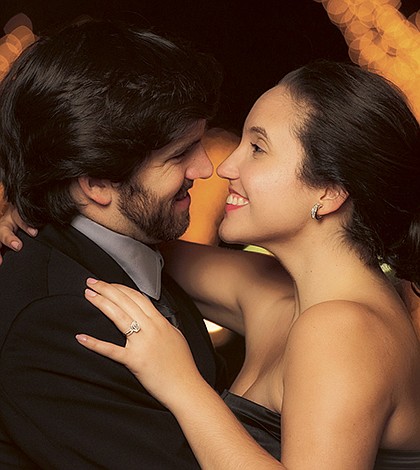- April 25, 2024
-
-
Loading

Loading

A longer zoom lens magnifies what you can see with the unaided eye. But you’re missing out if you use it to photograph only things that are far away. The optical effects of the long lens can be used creatively for everyday photography.
A longer lens compresses perspective, which is very flattering for portraits; allows you to concentrate on detail in a scene and ignore background clutter; and creates an apparent very shallow depth of field so you can isolate your subject even in a busy scene.
So what counts as a long lens? For a crop-sensor camera (most DSLRs and mirrorless cameras), the long zooms include: 55-200 mm, 55-300 mm and 70-300 mm. For a full-frame camera, 70-200 mm is typical. There are also “superzoom” lenses that cover the whole range from wide angles to telephoto — Nikon’s 18-200VR and the new Canon 18-135STM are both very good lenses.
Holding the camera stable when zoomed to longer focal lengths can be a challenge. You’ll need higher shutter speeds to avoid blur, or make sure to use a tripod. Image stabilization can make a big difference. Nikon calls it “VR,” and Canon’s version is “IS.” Use it if you have it.
ABOUT THE COLUMNIST
Photographer and cinematographer David Haynes has traveled the world capturing iconic images for organizations such as National Geographic and the BBC. His work can be seen in magazines and newspapers, on book covers and in private collections.
Now he’s sharing his skills with us in a new “cut and keep” column on everyday photography.